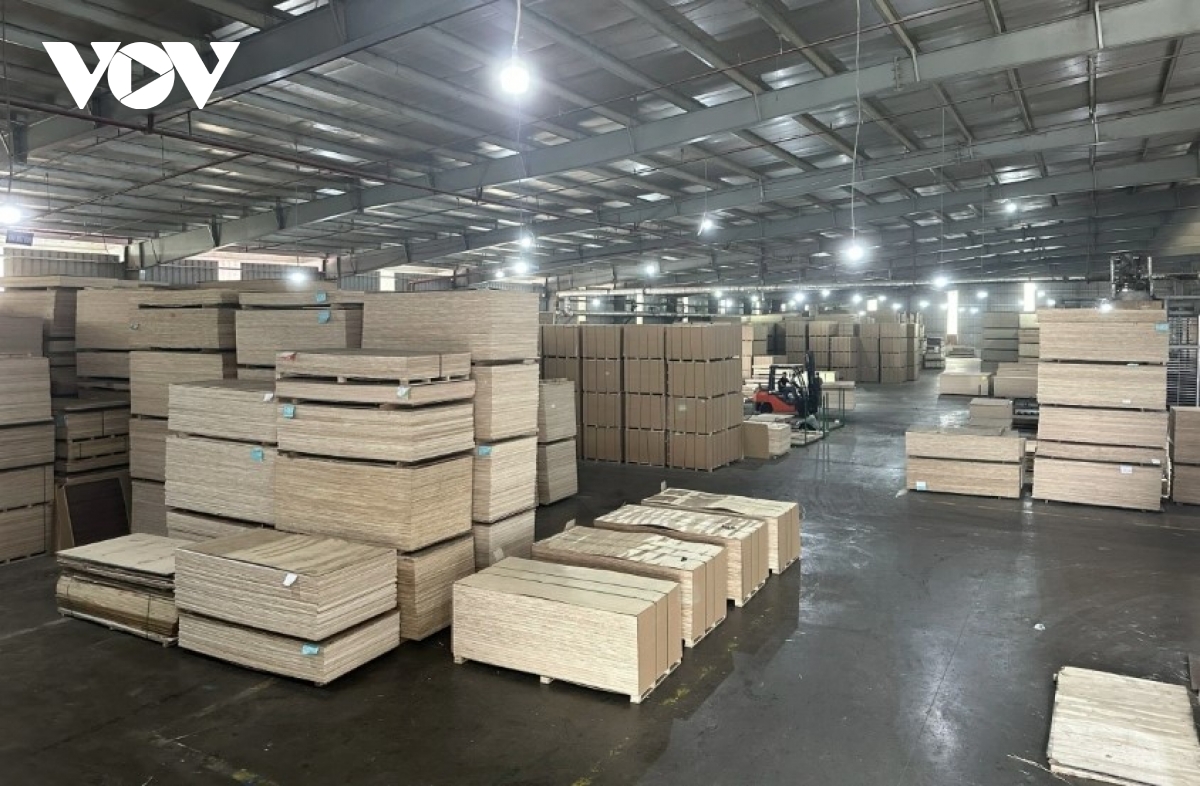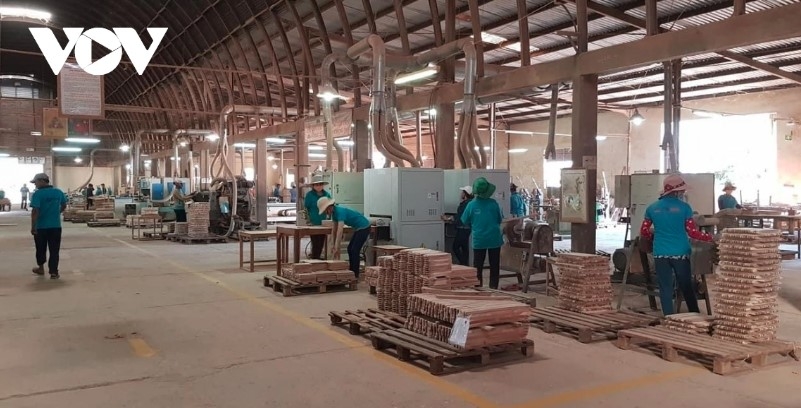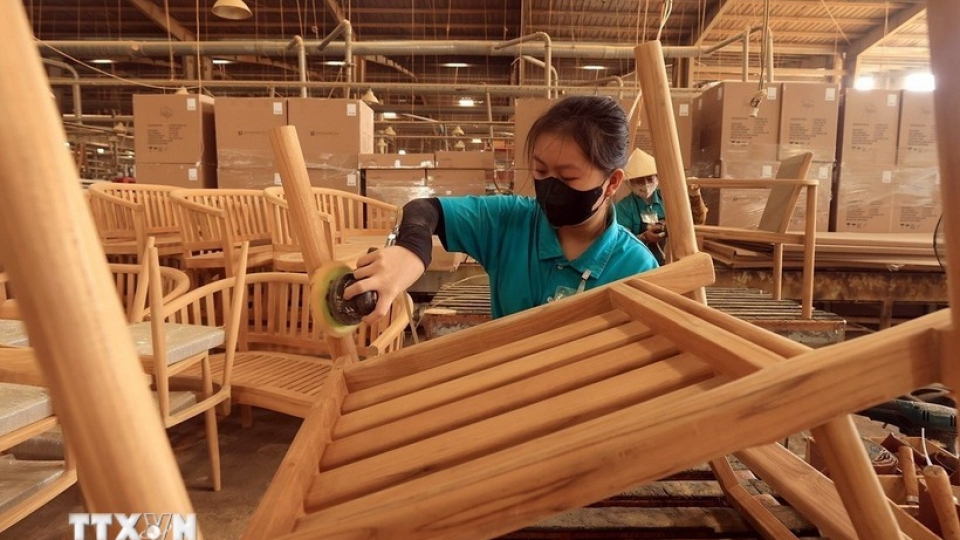Wood industry seeks solutions under US tariff pressure
VOV.VN - US President Donald Trump has signed an order imposing tariffs of 10%-50% on a range of wood and furniture products, piling pressure on Vietnam’s exports.

Starting October 14, 2025, imported softwood and sawn timber will face a 10% duty, while kitchen cabinets, bathroom cabinets and upholstered furniture will be levied at 25%. From January 1, 2026, the rates will rise to 30% for upholstered items and 50% for kitchen and bathroom cabinets.
Experts warn the new policy could pose major challenges to the Vietnamese wood sector. In 2024, exports totaled US$16.25 billion.
Over the past eight months of this year, shipments reached US$11.1 billion, up about 6.5% year-on-year, a modest yet encouraging result. The US, Japan, the Republic of Korea, China and the EU remained the top five markets, accounting for over 80% of total export value.
Phung Quoc Man, Chairman of the Handicraft and Wood Industry Association of Ho Chi Minh City (HAWA), noted that beyond the tariffs, Vietnamese exporters are also facing a Section 232 investigation by the US into plywood and decorative wood. In the EU, the EUDR regulation taking effect on December 30, 2025 will require all exported wood products to provide full traceability and prove they are free from deforestation or forest degradation since December 31, 2020. Without compliance, shipments risk being rejected or canceled at customs. These hurdles are seen as major barriers for the industry.

Facing mounting pressure in traditional markets, Vietnamese firms are urged to adapt. Man suggested four solutions: first, diversify beyond the five main destinations to India, the Middle East and South America to reduce reliance on the US and others; second, shift from subcontracting to designing and producing higher-value, sustainable goods; third, tap into cross-border e-commerce platforms such as Amazon and Alibaba; and fourth, refresh approaches in existing markets, where much of Vietnam’s exports to the RoK, Japan and China remain low-value wood pellets, chips and plywood.
He also called for developing industrial clusters dedicated to raw materials and accessories for the wood, textile and footwear sectors, creating local supply and easing costly dependence on imports.
Despite global uncertainties, from tariffs and stricter import standards to labor and environmental requirements, analysts believe opportunities remain. By taking full advantage of free trade agreements (FTAs), advancing digital and green transformation, and focusing on higher-value product segments, the wood industry could turn today’s challenges into momentum for sustainable growth in the time ahead.



